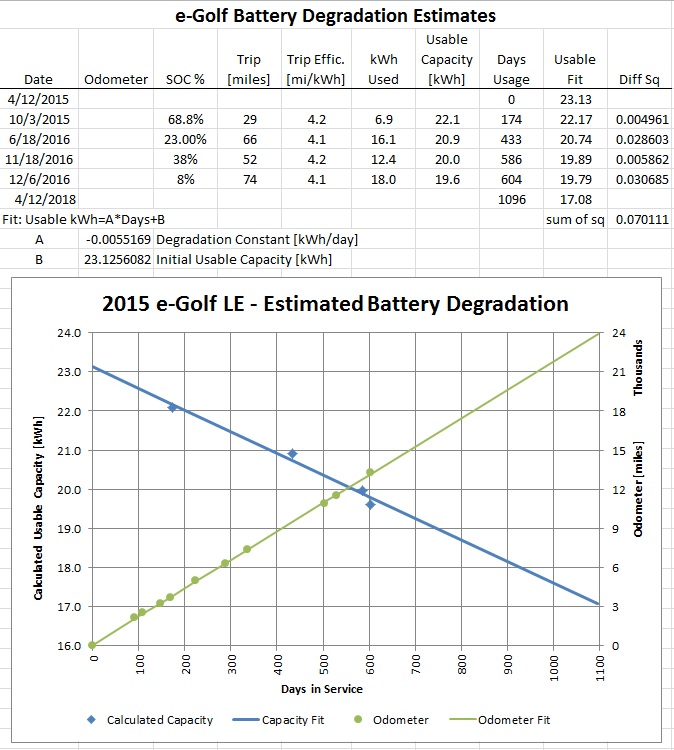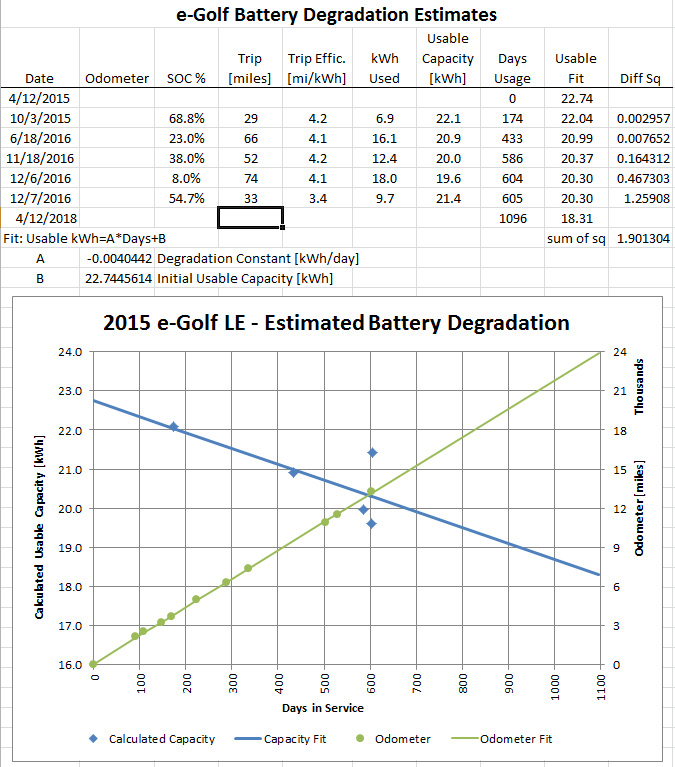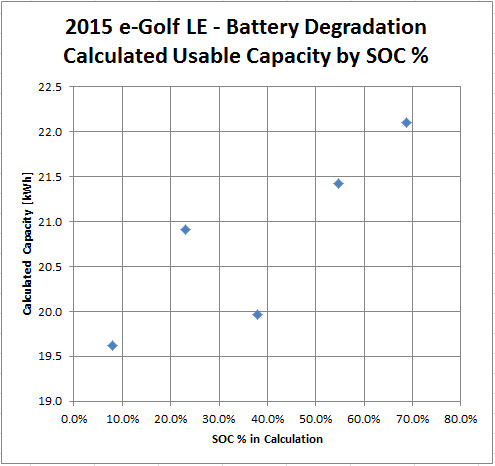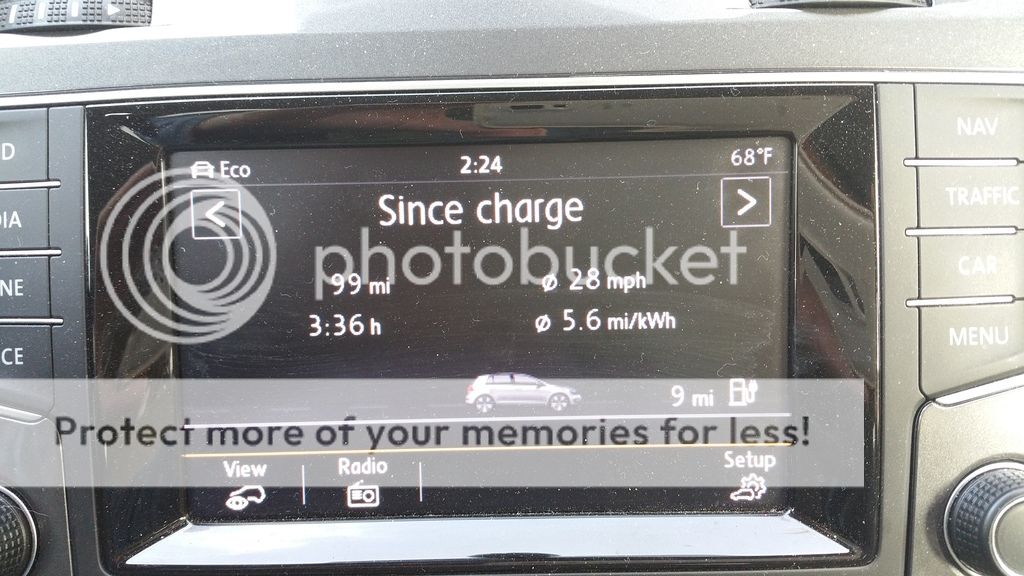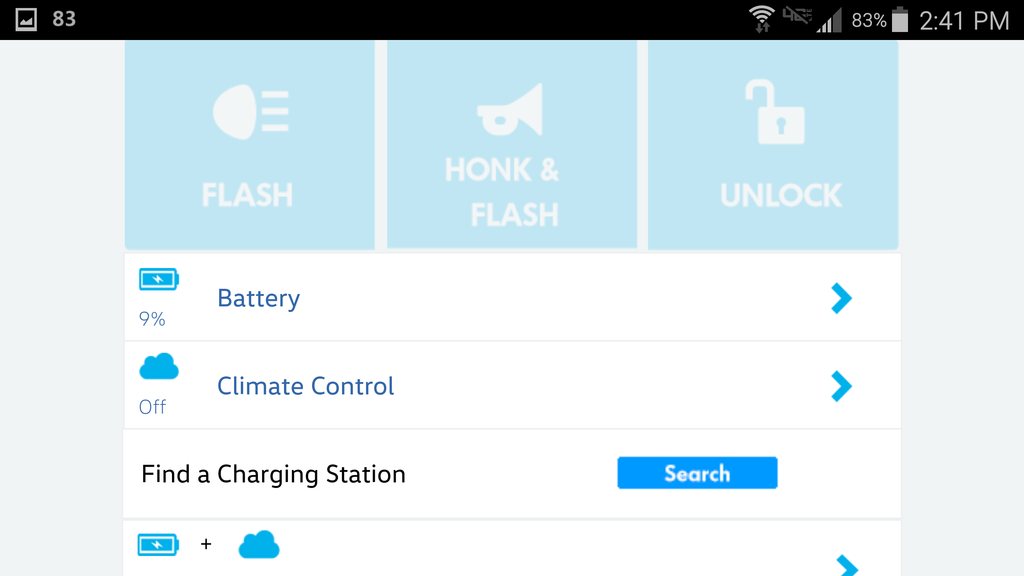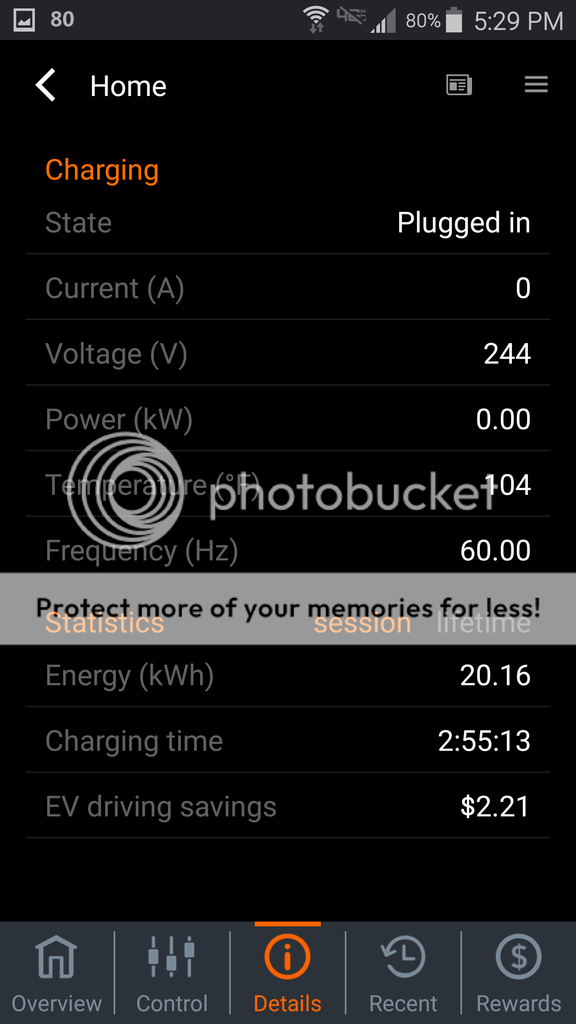I've had my '15 SEL Premium here in Scottsdale AZ since June of this year. I bought it used and had it shipped from California.
It's my daily commuter, and so far I've put about 6k miles over the last 5 months. With the Summer heat we have here, and plans to drive this car into the ground, I hope I get to be one of the first to file a warranty claim for battery degradation!
Haven't seen any issues so far, other than in August and September it was still too hot in my garage for my charger and it would drop down to 12A from 24. I'm going to consider active cooling solutions before it starts to get hot again.
It's my daily commuter, and so far I've put about 6k miles over the last 5 months. With the Summer heat we have here, and plans to drive this car into the ground, I hope I get to be one of the first to file a warranty claim for battery degradation!
Haven't seen any issues so far, other than in August and September it was still too hot in my garage for my charger and it would drop down to 12A from 24. I'm going to consider active cooling solutions before it starts to get hot again.




